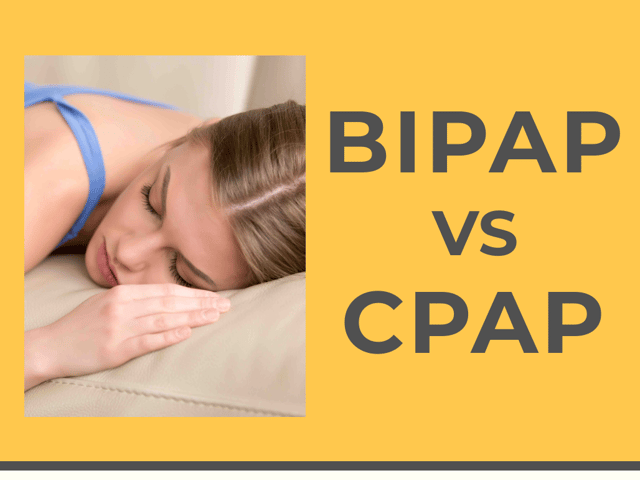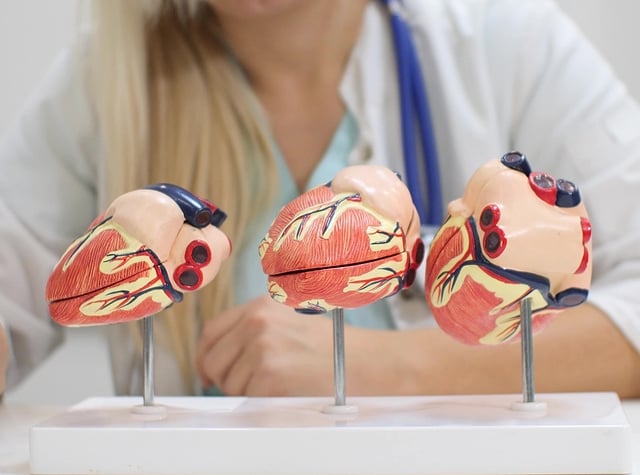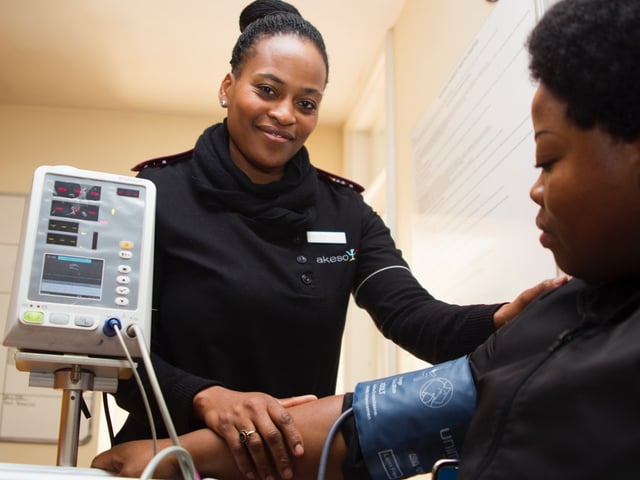
BIPAP vs CPAP
One of the most common sleep disorders in America is sleep apnea, which is when breathing stops and starts while asleep, and it impacts an estimated 22 million people. Sleep apnea is usually either obstructive sleep apnea (OSA), where the throat is obstructed by either fatty tissue or relaxed muscles, or central sleep apnea, where the brain fails to signal the muscles responsible for breathing. There is a third, less common type known as complex sleep apnea, which is a combination of these two types.
What Treatment Is Available?
The widely used, non-invasive treatment for sleep apnea is positive airway pressure delivered by a mask and a machine while sleeping. Depending on the particular condition, the types used are typically CPAP (continuous positive airway pressure) or BiPAP (bilevel positive airway pressure). CPAP machines deliver one consistent set pressure during treatment, whereas BiPAP uses two pressures, one during inhalation and one during exhalation.
What’s the Difference? First, CPAP:
CPAP machines are the more popular and cheaper option; however, some people have difficulty tolerating the single pressure setting if they require a high setting during their treatment and tolerate BiPAP better. Additionally, people with OSA will need to use a CPAP machine as the continuous pressure is needed to keep the airway open.
Now, BPAP
On the other hand, people with complex sleep apnea benefit from BiPAP as the change in pressure flow can mimic the muscle movement the brain is not triggering appropriately. BiPAP may also be more appropriate for those with COPD or certain neuromuscular disorders.
So, Is One of These for YOU?
For patients with suspected or confirmed sleep apnea, they must consult a physician for either CPAP or BiPAP treatment. The physician will review the patient’s diagnosis along with how they have tolerated other treatment options to determine the most appropriate type or positive airway pressure machine.

Keep Reading

Health Education Systems Incorporated Exam Blog
HESI Anatomy and Physiology Review: A Comprehensive Guide
As you prepare for the Health Education Systems, Inc (HESI) Admission A…

Health Education Systems Incorporated Exam Blog
How to Pass the HESI Exam: A Comprehensive Guide to Acing Your Nursing Entrance Exam
If you’re considering becoming a nurse, the HESI exam can be a crucial …

Health Education Systems Incorporated Exam Blog
The Complete Guide to HESI Exam Scores
Are you ready to become a nurse? Many nursing schools require entrance …